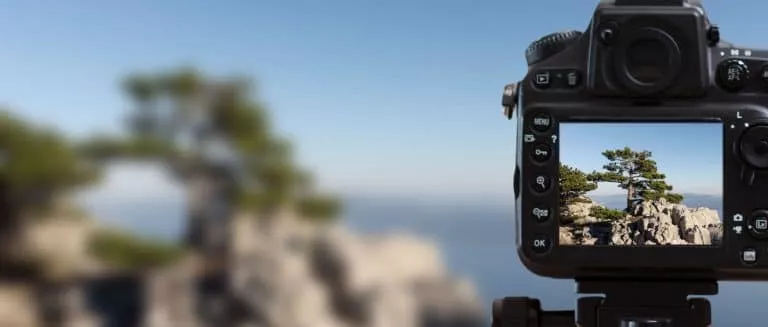In video editing for branding, the main goal is to give the viewer a quick, captivating, and convincing glimpse into a business, person, or brand—a first impression that leaves a sense of credibility and professionalism. The art here lies not only in the information presented but in how it is edited to connect the viewer to the messages and deliver a visual experience that conveys the desired image.
Creating an Engaging Narrative
The story we want to tell should be clear, focused, and yet personal enough to connect with the brand’s values. It’s helpful to think of the information flow as a narrative—starting with the problem or need that the brand addresses, then moving to the solutions it offers, and ending with a clear call to action. A simple but well-structured format conveys a consistent, memorable, and persuasive message.
Choosing Camera Angles and Frames that Emphasize Professionalism
The camera angles should convey seriousness, stability, and professionalism. Filming from direct angles, with precise lighting and an organized background, highlights a polished and goal-oriented image. Sometimes, close-ups of small details in the business, products, or the faces of speakers add a personal and authentic touch, creating a genuine connection between the viewer and the people behind the brand.
Professional Color Grading and Text Editing
Adding suitable color grading and structured text in the video is another tool for creating a strong brand image. Choosing colors that reflect the brand’s palette, or editing in neutral and elegant tones, adds to the credibility and desired impression. Short texts that emphasize key values or relevant information can be added, but it’s best to avoid clutter and maintain a sense of simplicity and precision.
Proper Use of Sound and Music
The soundtrack and music have a huge impact on how the brand image is perceived. Music with a calm yet engaging rhythm, along with clear and steady narration, enhances the professional feel. Additionally, it’s essential to ensure that the sound is balanced and clear, with speakers’ voices coming through smoothly without overpowering.
Incorporating Diverse Visual Experiences
Gentle graphics, light animations, or visual data presentations can enrich the video content. It’s important to make sure each element blends in naturally and doesn’t distract—the aim is to illustrate the brand accurately and add value to the existing content.
Successful brand video editing requires thought about every detail—from filming style to story structure to adding elements that sharpen the message. The combination of creativity and professionalism, with attention to the small details, can create a video that draws attention, fosters a sense of connection, and builds the brand image in an impressive and precise way.



